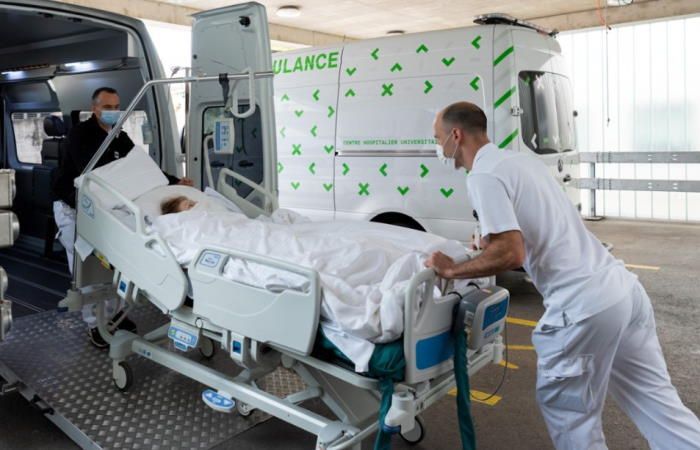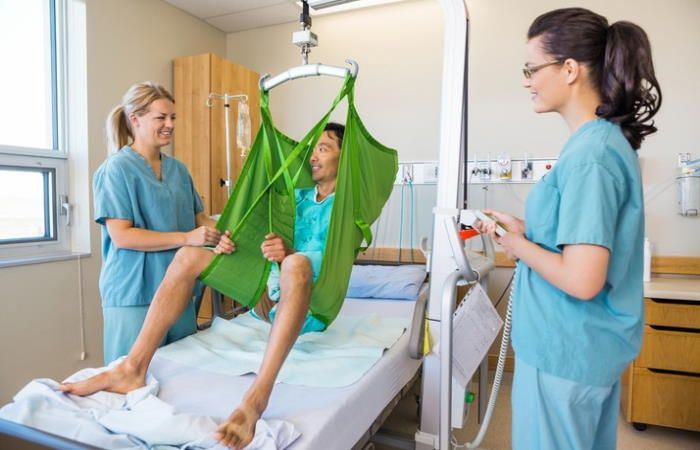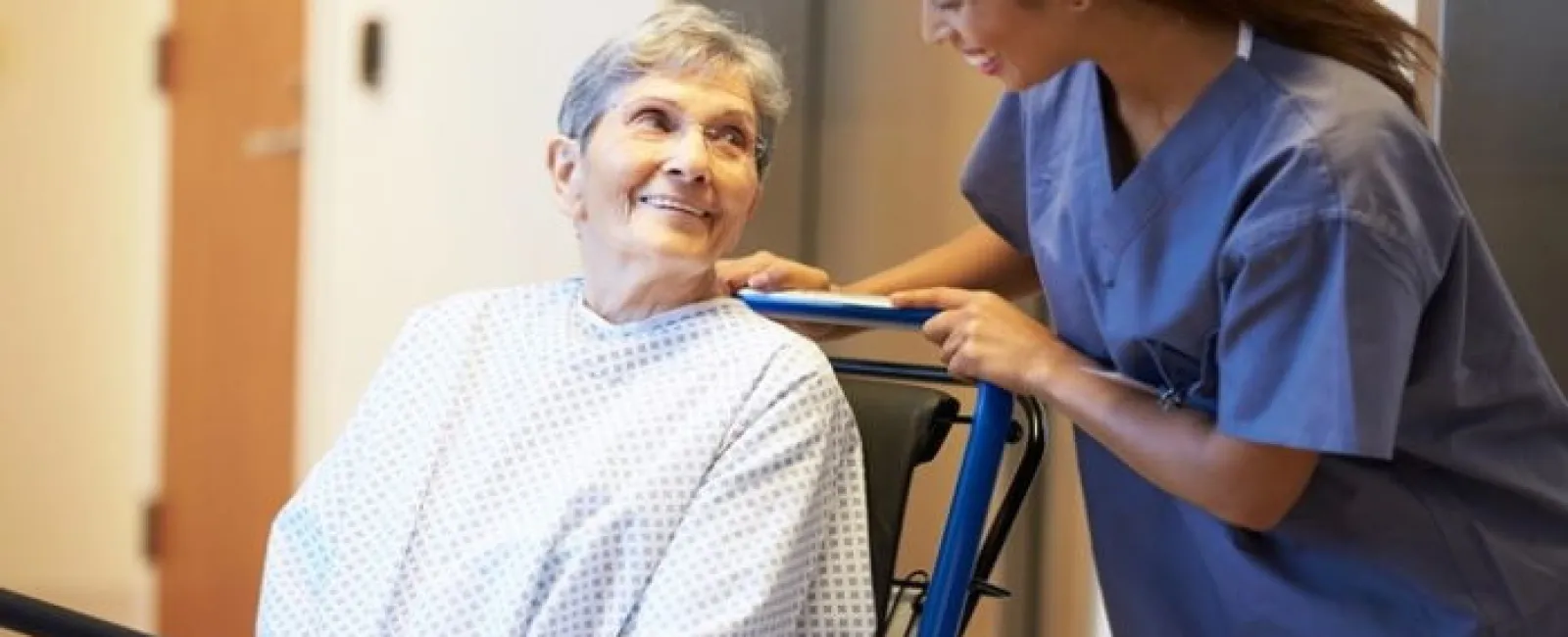The observance of safe patient handling techniques is beneficial not just for the patients, but also for healthcare workers. Healthcare support staff is prone to injury from repetitive strain and manual lifting of patients in the healthcare work environment. Implementing proper guidelines for safe patient handling offers two-fold benefits, which makes it a must for healthcare organizations and facilities.
Importance of Safe Patient Handling Techniques
The proper handling of patients can reduce the risk of injury to the patient and the healthcare workers performing the patient transfer. Over the years, there have been many technologies and innovative equipment introduced to the healthcare industry to facilitate this process. However, more effort must be done on the implementation side to reduce the possibility of injuries.
The patients are the main beneficiary of implementing these techniques. It improves the quality of care they receive, as well as their safety and comfort. These factors directly impact overall patient satisfaction. Patients who are properly handled manually or with the help of lifting equipment are less likely to suffer injuries from a fall, friction burns, and other severe injuries during the transfer and lifting process.
On the other hand, healthcare workers also benefit from safe patient handling techniques by reducing their risk of injury. Injured healthcare workers will have to take time off work, which means that the loss of manpower can affect the overall capacity of the healthcare facility to care for the existing patients. Taking steps to improve patient handling in the facility is also linked to improved job satisfaction for healthcare workers. gdhjkik
Healthcare employers also benefit from the implementation of safe patient handling techniques. These benefits come in the form of fewer injuries to the staff, improved patient care and satisfaction, reduced lost workdays for employees, a boost in staff morale, and fewer resources spent to care for injured workers.

Best Practices on Safe Patient Handling
These are the recommended practices when handling patients to ensure their safety and comfort without putting healthcare workers at risk.
1. Avoid the DIY Approach
A healthcare worker should never attempt to manually lift or transfer a patient on their own or without the use of a mechanical assist device. Sharing the load makes patient handling more secure and avoids the possibility of the patient accidentally falling. When tasked with handling or moving a patient, always call for reinforcement or use mechanical equipment that will make the job easier and more efficient.
2. Take Your Time
When handling patients, always be patient and take your time. Make sure that you take no shortcuts because this is when injuries could happen.
For example, using mechanical devices to lift the patient will take more time to set up than if you were to manually lift the patient. However, the former is safer and causes less strain on the worker. Don't be afraid to use extra time if it improves the safety of the patient and the worker.
3. Injuries as "Part of the Job" is Not Permissible
Most healthcare workers have assumed the idea that workplace injuries are a "part of the job." This is a wrong way of seeing things because this could be easily prevented. It is the healthcare organization's responsibility to ensure the safety of patients and its employees.
It's important to change the work culture that insists that patients' safety and health are above that of the healthcare workers. The best healthcare organizations put priority on both.
4. Continued Education and Training
You must allocate funding to support continued education and training of healthcare staff about the latest safe patient handling techniques. They must fully understand the elements that ensure patient safety and comfort. This also educates workers about the proper way of using the mechanical assist devices for moving and lifting patients.
5. Hazard Assessment
Conduct regular hazard assessments to identify areas where there is a high level of risk or where healthcare workers have the most problems when handling patients. The evaluation will provide crucial insight allowing you to make improvements to your existing practices and policies.
6. Develop a Safe Patient Handling Committee
You must put together a safe patient handling committee that will be responsible for developing policies and programs. Make sure that you enlist the help of healthcare workers as part of the committee as their experience will provide valuable insight into the formation of beneficial policies.
7. Promote Safe Patient Handling Through Design
If possible, the manual lifting of patients should be minimized or omitted as part of your healthcare practice. It is also important to understand the conditions of every patient and plan the best method of handling them accordingly. Recognizing the unique needs of every patient can facilitate safe handling and overall patient satisfaction.
The improvement of design does not just refer to the type of equipment used for handling patients, it also refers to the design of the physical healthcare environment as it directly impacts patient safety and comfort.

Safe Patient Handling Techniques and Tools
Occupational safety and health programs help identify potential risk factors for workplace injury and the interventions that help prevent them. Evidence-based research supports the benefits of switching to safer methods that utilize ergonomic principles to ensure safer handling of patients over the traditional methods of manual handling.
For this reason, the use of mechanical equipment is recommended along with the implementation of safety procedures. This approach reduces the overexertion of the healthcare workers, which effectively reduces the risk of injuries. Proper training must be provided for healthcare staff about the best ergonomic practices that also promote patient safety and comfort.
Final Thoughts
Safety should always be a top priority in the workplace, especially in the healthcare industry. Healthcare workers are designated with the role and responsibility of caring for patients and ensuring their safety. The lack of effective safe patient handling programs has resulted in many incident reports of patient and worker injuries, which could have been easily prevented.
Leaders and management personnel should advocate for patient and healthcare workers' safety at all times. The development and implementation of safe patient handling policies can overcome any challenges and risks that are inherent to the industry.

